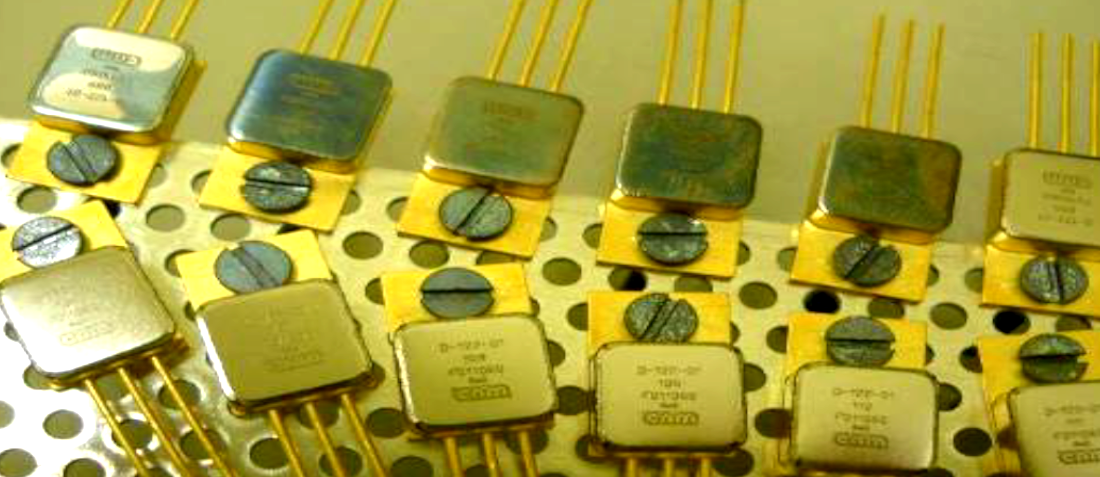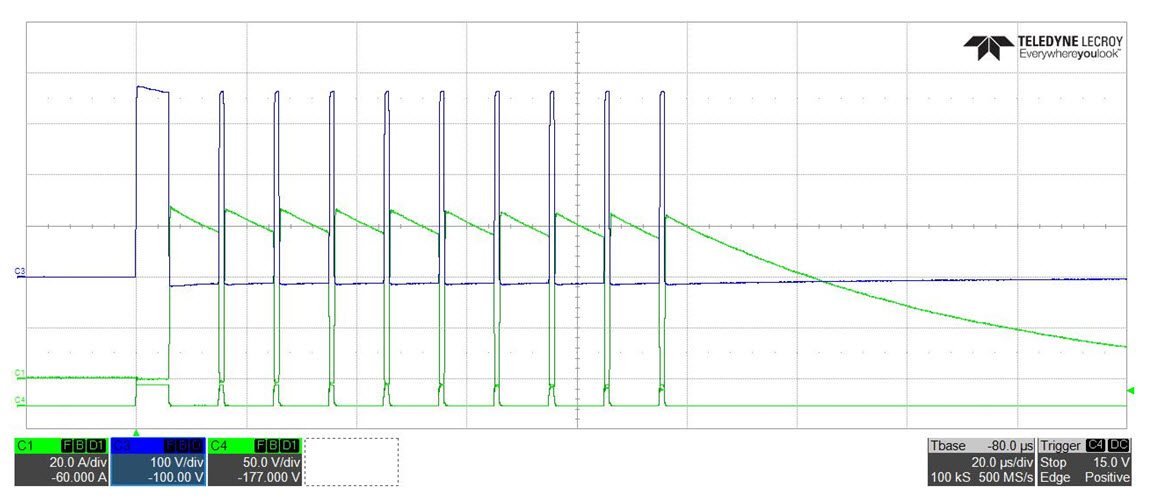
SIC diodes versus Heavy Ions (SEE)
- Posted by Juan Moreno Echarri
- On February 5, 2022
- 0
Even if there are known weaknesses of SiC Schottky diodes while being biased at high voltage in dense ions environments, they can still be the best option for certain very demanding operational conditions. The compatibility of these devices is analysed in this technical note.
Degradation appears above a specific threshold voltage (Vdeg, typically a bit higher than 300V) inducing permanent damage and loss of the diode blocking capability. Increase rate of the diodes reverse current depends on LET of the ion beam, and electrical bias and no degradation is observing when no radiation is striking the device (fig. 1).
SiC Testing Capabilities
This effect has been also reproduced by Alter Technolgy at slightly higher voltages in SiC PiN diodes developed for testing purposes. This other type of diode is a key element present in the vertical power MOSFETs and can be the weak point of these power devices when used under heavy ions radiation. This sensitivity have limited the usage of SiC devices only using high derating values.
However, additional tests performed onto already degraded Schottky diodes demonstrated good stability after radiation tests, meaning that if increase of the reverse current up to a certain value is acceptable for the application, the devices are safe to use. This allows to perform radiation validation SiC testing and guarantee their good performance in application for voltages even higher than the Vdeg.
Low Trr values of these devices (even below 10ns for ATN-CNM-300D2) make them an ideal choice for switching applications, As seen in Fig.1, degradation is caused by ions striking when voltage is above the threshold value. This implies that any ions striking when the diode is forward biased or even reverse-biased below Vdeg are not increasing the reverse current. If the final application of the device is switching, blocking time shall be evaluated, and if it is low enough, the devices can be tested in a customized radiation SiC testing campaign. Fig.2 shows the bias profile of an ATN-CNM-300D2 diode in its usage for JUICE mission where the device is sensitive only 0.5% of the time.
The ATN-CNM-300D2 diodes tested demonstrated the capability of work under high demanding power operation under heavy ions radiation. Even if the reverse current increased due to the high voltage bias under heavy ions radiation, it remained below the maximum current specified for the application. In this case and probably many others, the superior characteristics of the SiC devices can be exploited for space applications if good assessment and testing are carried out.
DOWNLOAD MORE INFORMATION
Just fill out the form
- Lunar Regolith Test onto COTS Optoelectronics - January 18, 2023
- SiC reliability: Defects detection test for SiC devices - October 26, 2022
- Testing SiC Schottky Diodes for Heavy Ions Optimization - August 9, 2022



0 comments on SIC diodes versus Heavy Ions (SEE)